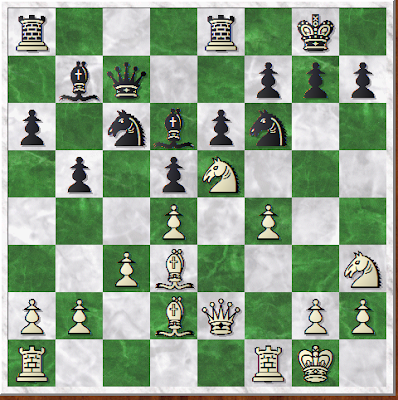 |
| Image credit: Gdali Roizman |
This photo of the memorial wall in Rishon Le'Tziyon Chess Club (link in Hebrew, with -- incidentally -- much history under the "history" tab on the web site) is interesting for many reasons. First, it has some of the historical figures we have met before, such as the problem composer Yosef Goldschmidt (bottom row, second from right) and the player Israel Dyner (top row, right), as well as two young men, Shlomo Zlil and Erez Levanon (bottom row, extreme left and second from left, respectively) in uniform, who were killed in their army service.
Mr. Roizman, who sent us this photo, points our another curiosity: Yitzhak Schwartz (second row, second from left), a founding member, was the head of the workers' union in a large local brewery. and that the club's first location was the workers' cafeteria on the brewery's grounds.











